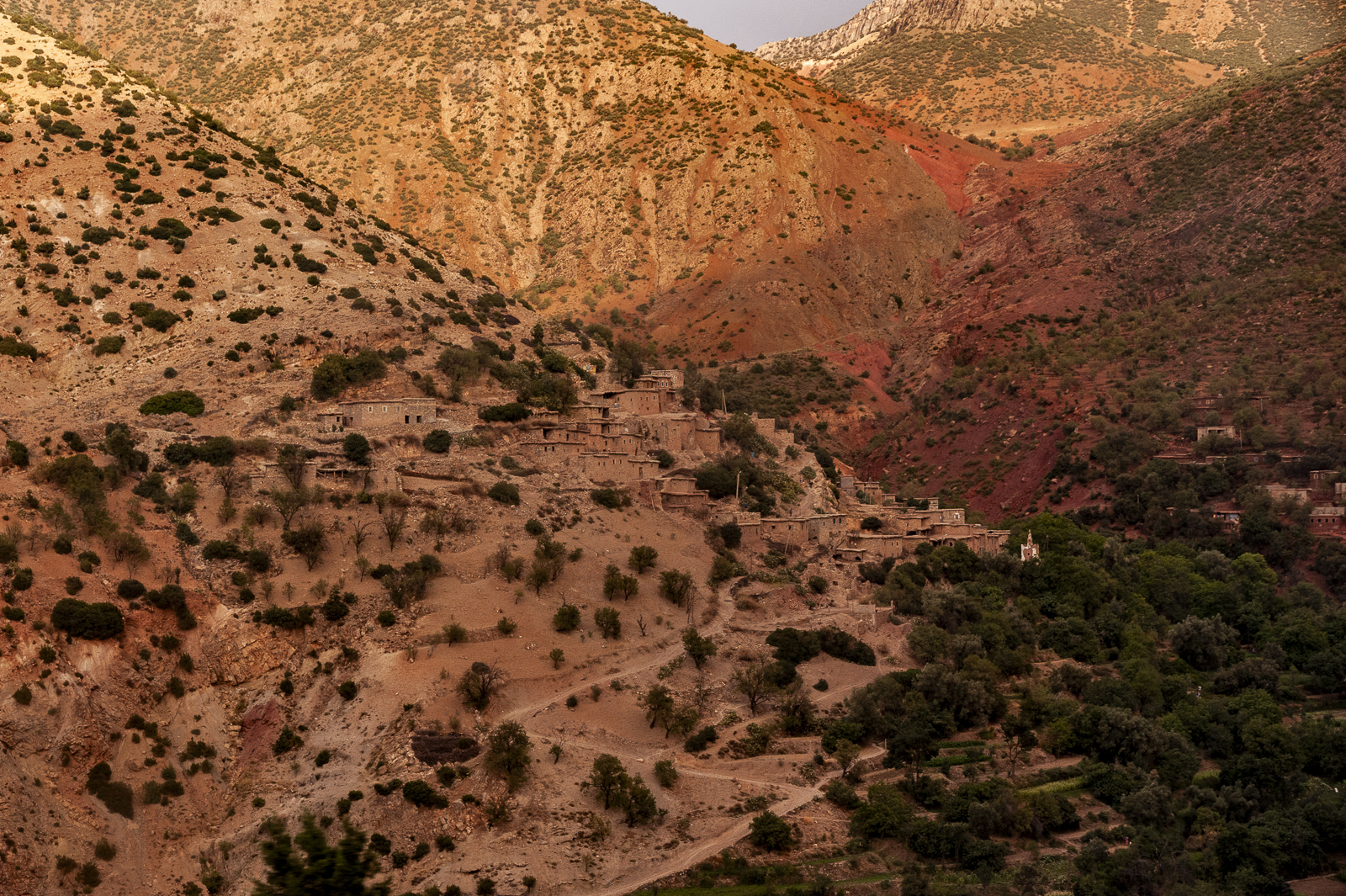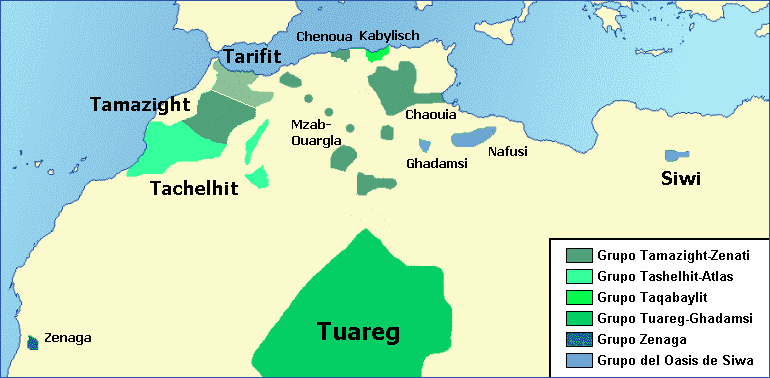
What characterises the Amazigh (or Imazighen) is their language, which they call Tamazight (known in other languages as Amazigh, with the word Berber used less and less). This unitary term refers to a genuine linguistic family comprising several languages (Kabyle, Tachelhit, Tarifit, Tuareg, etc.) that share a common past. They have a long history, attested to by the numerous inscriptions dating back to the first millennium BC that can be found almost everywhere in North Africa, from Libya to the Canary Islands. The Tuaregs have preserved the alphabet used for these inscriptions, using it regularly and calling it Tifinagh. Morocco officially adopted a modern variety of this script to be able to write Amazigh, which it recently declared an official language alongside Arabic (as in Algeria, where the Latin alphabet prevails; and in Mali and Niger, it is a “national language”). Once spoken throughout North Africa, in several regions the Amazigh languages have been supplanted by dialectal varieties of Arabic, but their use remains widespread, with an estimated 40 million speakers spreading from the Siwa oasis in Egypt to Mauritania, Libya, Tunisia, Algeria, Morocco, Mali, Niger and Burkina Faso.

The geographical environment has been a determining factor in the preservation of these languages, the mountains and isolated areas favouring their survival to the present day. Throughout history, various alphabets have been used to write these languages, notably Arabic in manuscripts dating back to the Middle Ages, and more recently Latin and Tifinagh. Each Amazigh language has a rich literature, once mainly oral, but today also expressed in writing and via modern media, including books, magazines, films, television, and internet. Thanks to the universal nature of music, which needs no translation, song has favoured the spread of knowledge of the Amazigh languages among international audiences in the last decades, combining traditional lyrics and rhythms adapted to the instruments and sensibilities of the modern world.
Vermondo Brugnatelli
Director of the Centro Studi Camito-Semitici in Milan, Italy
















